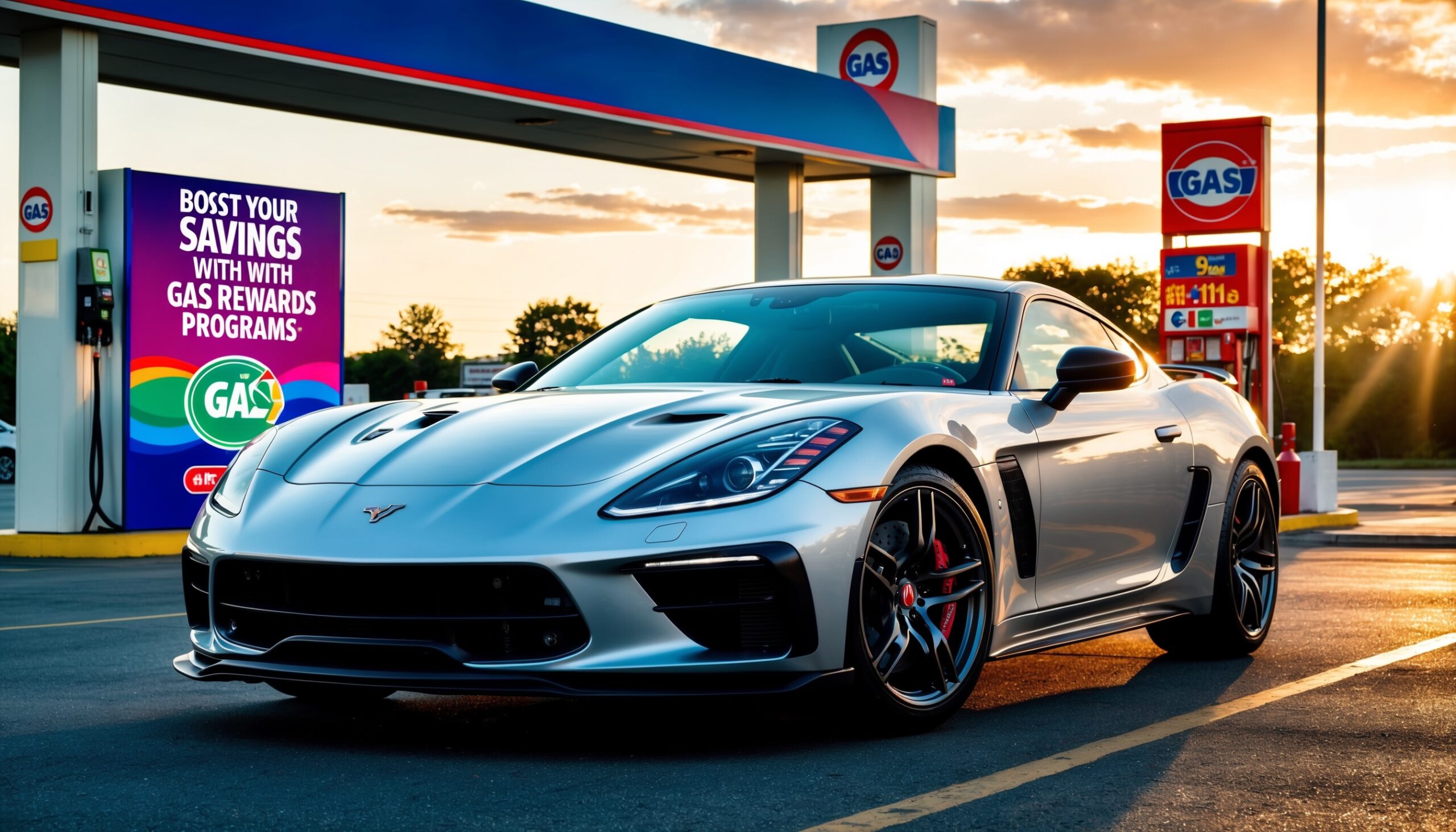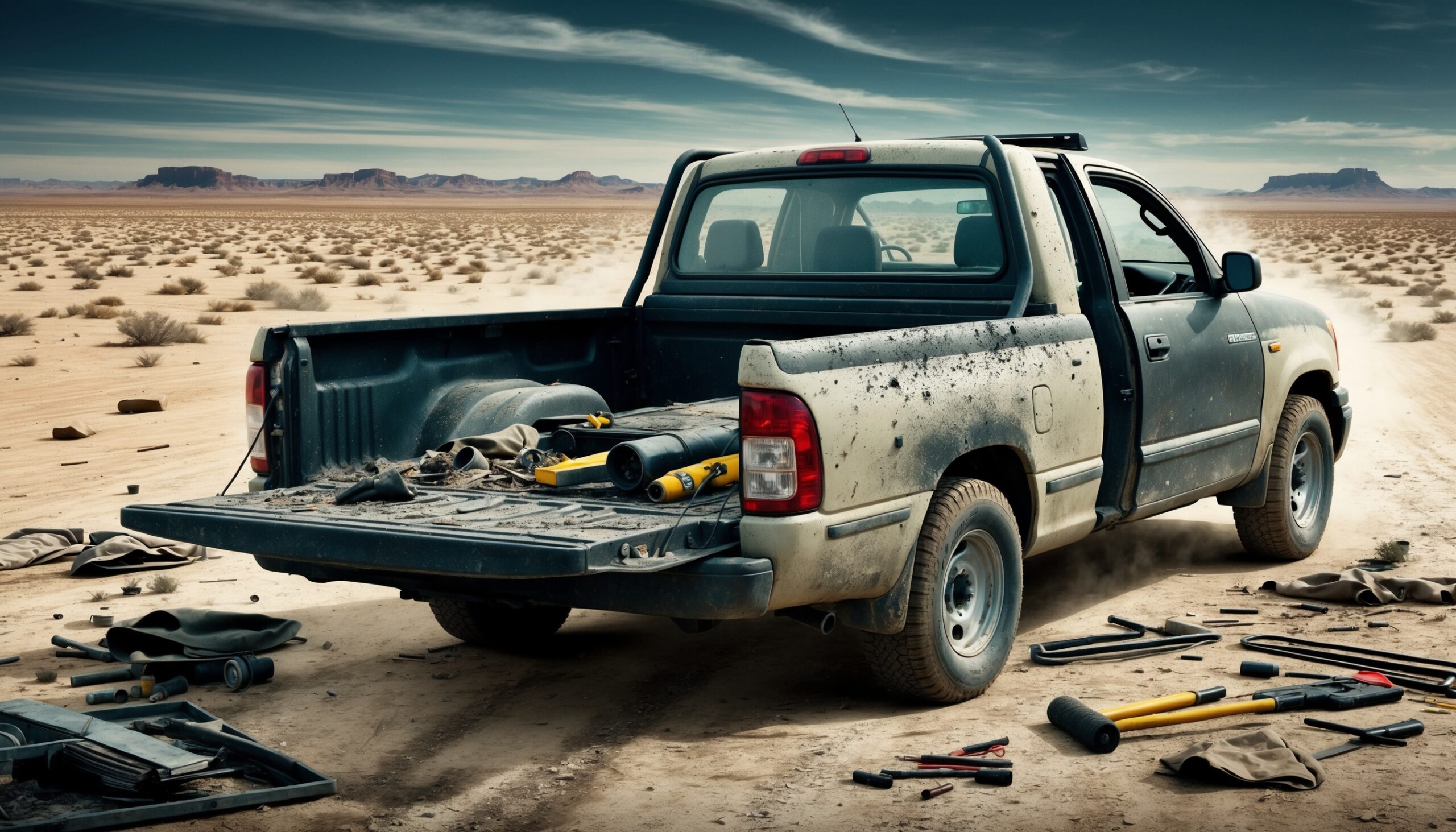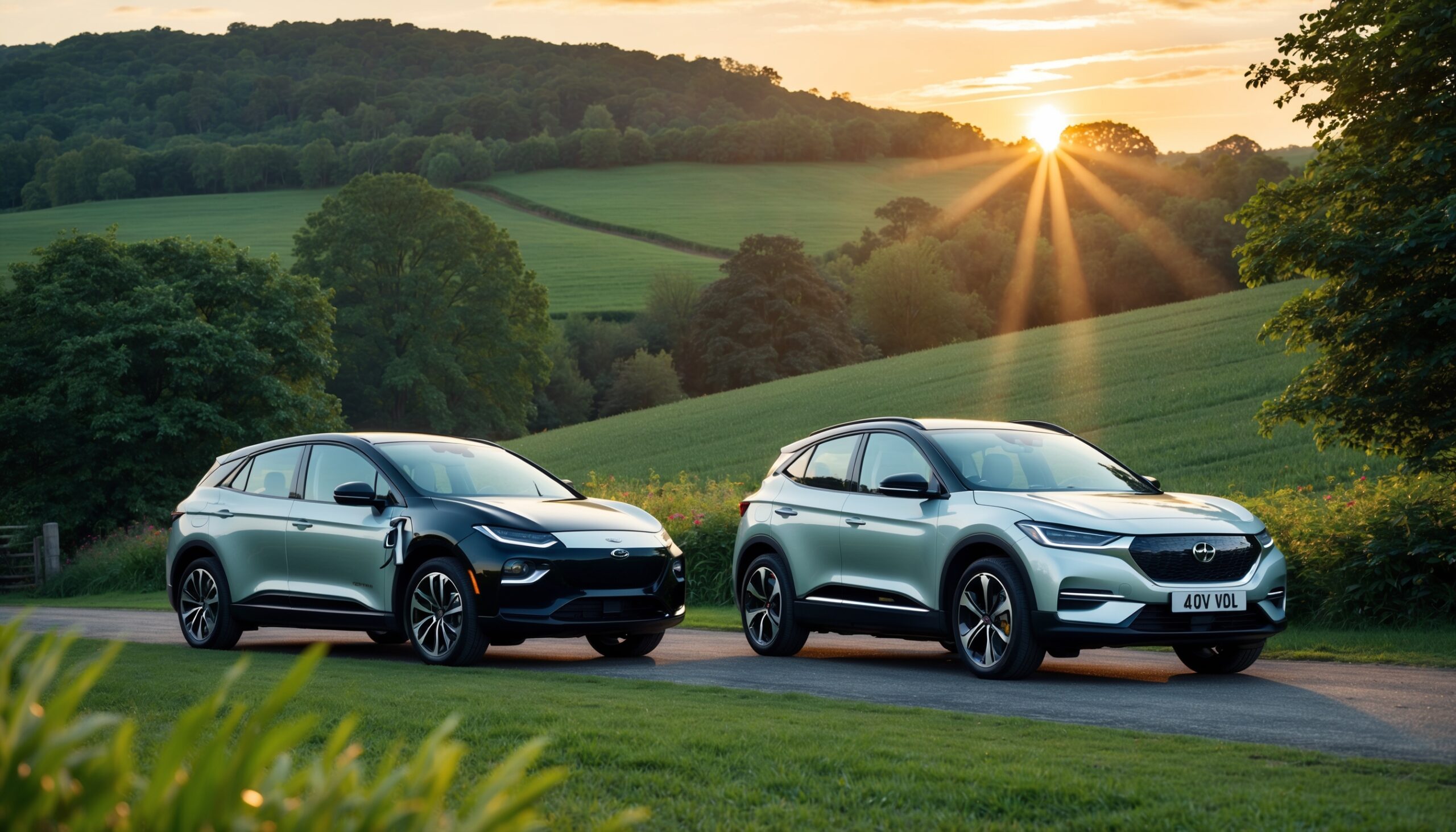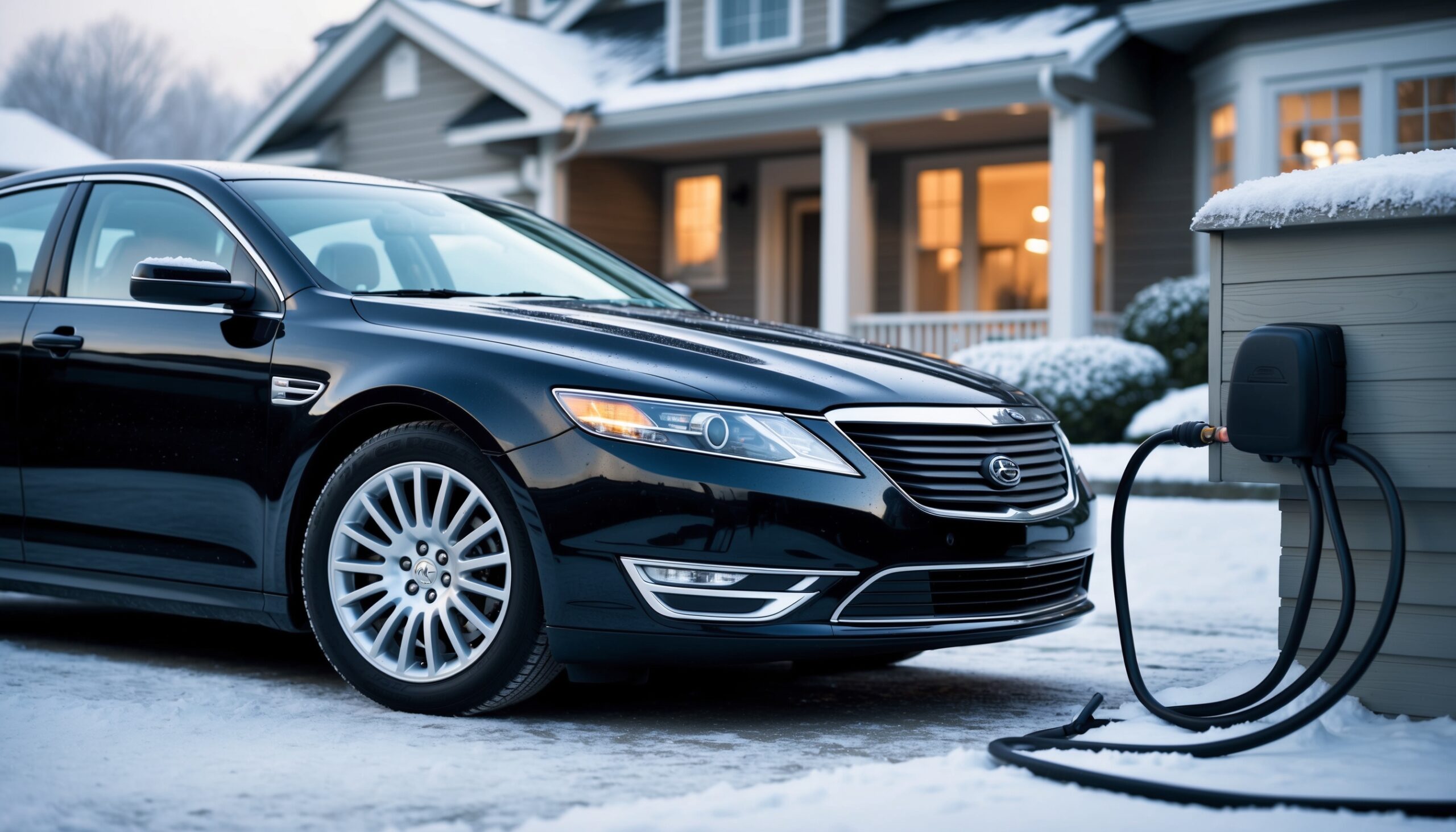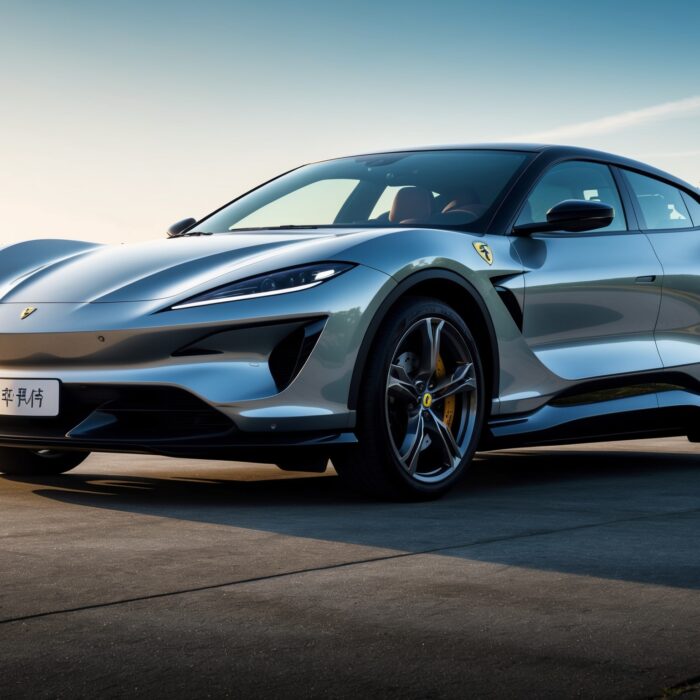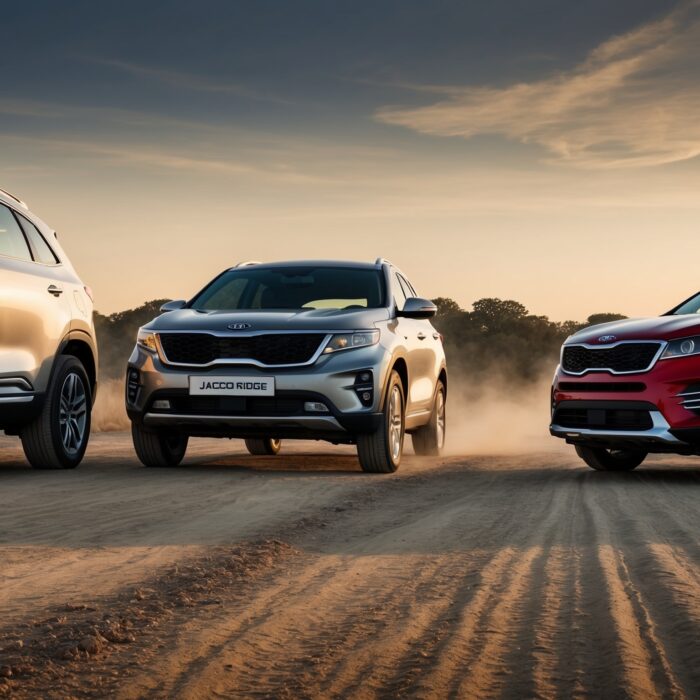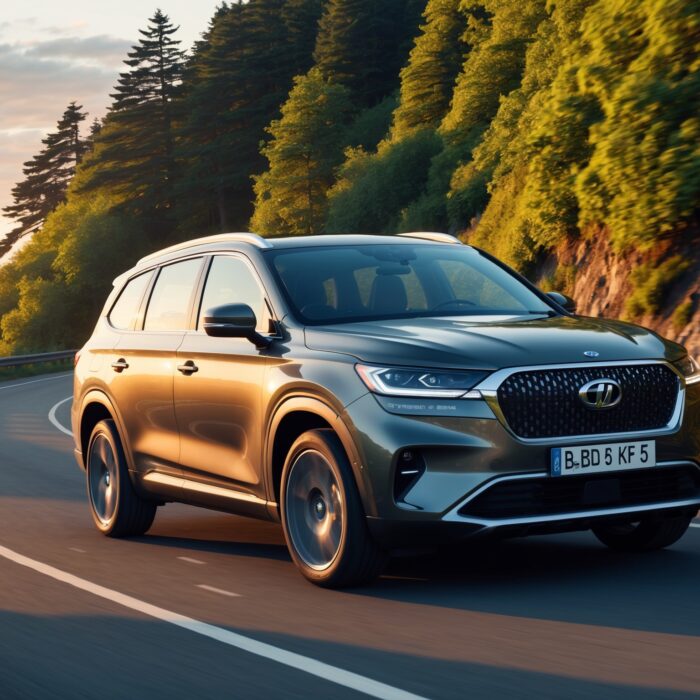Volvo Ditches Luminar, Opts Out of Lidar for 2026 Models
When it comes to the future of automotive technology, few topics stir up as much debate and excitement as the implementation of advanced driver-assistance systems (ADAS). In recent news, Volvo has made a significant decision that has caught the attention of car enthusiasts and tech aficionados alike: the Swedish automaker has opted out of utilizing lidar technology for its 2026 models, moving away from its partnership with Luminar. This bold step marks a shift in Volvo’s approach to autonomy and safety, and it raises important questions about the direction of the automotive industry.
The Background: Volvo and Lidar
Volvo has long positioned itself as a pioneer in automotive safety. With its commitment to reducing fatalities and serious injuries in its vehicles, the brand has heavily invested in technologies that enhance driver assistance and promote a safer driving experience. Lidar, a sensor technology that uses laser light to create high-resolution maps of the environment around a vehicle, has been touted as a cornerstone for achieving full autonomy.
Entering into a partnership with Luminar, a leading lidar technology company, seemed like a natural progression for Volvo. The expectation was that lidar would form the backbone of their next-generation safety features, allowing for precise detection of obstacles and improved decision-making capabilities in complex driving scenarios. But as the automotive landscape evolves, so too do the strategies of key players like Volvo.
Why the Change? Understanding the Decision
So why has Volvo decided to ditch lidar technology for its upcoming models? To fully understand this shift, we must explore the broader context of autonomous driving and the challenges it presents.
Cost Considerations
One of the most significant factors influencing Volvo’s decision is the cost associated with lidar systems. These sensors can be prohibitively expensive, adding thousands of dollars to the price of a vehicle. As consumers increasingly demand affordability alongside advanced technology, automakers must find a balance that satisfies both safety and budgetary concerns. By opting out of lidar, Volvo may be looking to keep their vehicles competitively priced while still offering robust safety features.
Technological Alternatives
The automotive industry is rapidly advancing, and many manufacturers are investing in alternative technologies that can achieve similar results without the need for lidar. For instance, camera-based systems combined with radar are becoming more sophisticated. These technologies are often more cost-effective and easier to integrate into existing vehicle architectures. Volvo’s decision to go with these alternatives may reflect a belief that they can still deliver on their safety promises without the need for lidar.
Market Trends and Consumer Preferences
Consumer preferences are also evolving. As people become more familiar with driver-assistance technologies, there’s a growing expectation for seamless integration and user-friendly experiences. Many drivers are seeking systems that they can trust without the added complexity and potential expense of lidar. Volvo’s shift may be a response to these changing expectations, positioning themselves as a brand that listens to its customers.
Also Read: Consumer Reports Says These Are The Best Used Cars Under $20,000
The Implications of Volvo’s Decision
Volvo’s departure from lidar technology could have far-reaching implications not only for the brand itself but for the entire automotive industry. Let’s delve into some of the potential outcomes of this monumental decision.
Impact on Safety Features
The absence of lidar raises questions about how Volvo will ensure the safety of its vehicles moving forward. The brand has already established a reputation for prioritizing safety, and it will need to demonstrate that it can maintain this commitment without the high-tech sensor. Leveraging advanced cameras and radar could still yield impressive results, but how will these systems compare in real-world scenarios?
Influence on Competitors
Volvo’s pivot away from lidar could inspire other automakers to reassess their strategies as well. If Volvo successfully rolls out its 2026 models with effective alternatives to lidar, we may see a domino effect where competitors follow suit. This could lead to a broader conversation about the future of lidar in the automotive industry and whether it is truly necessary for achieving full autonomy.
Regulatory Considerations
As governments around the world continue to establish regulations surrounding autonomous driving, Volvo’s decision may influence policy discussions. If lidar is viewed as a non-essential technology, it could encourage lawmakers to focus on other aspects of vehicle safety and performance. The implications of this could shape the regulatory landscape for years to come.
Volvo’s Vision for the Future
Despite stepping away from lidar, Volvo remains committed to its vision of a future where vehicles are safer and more autonomous. The company’s ethos has always revolved around safety, and this decision will not change that. Instead, it reflects a strategic pivot towards more accessible, practical technologies that align with the brand’s core values.
Investing in Software Development
One area where Volvo may focus its efforts is software development. As the automotive industry leans more into software-driven solutions, the ability to process data from cameras and radar effectively will be crucial. Investing in artificial intelligence and machine learning could enable Volvo to enhance its safety features, making them even more effective without the need for lidar.
Collaboration with Tech Companies
In lieu of lidar, Volvo may also explore partnerships with tech companies specializing in alternative sensor technologies. Collaborations could yield innovative solutions that may not rely on traditional lidar systems but still offer high levels of accuracy and reliability. This flexibility could position Volvo as a leader in the race toward safe and sustainable vehicular technology.
What This Means for Car Enthusiasts
For car enthusiasts, the implications of Volvo’s decision to ditch lidar can be both exciting and concerning. On one hand, this shift could lead to more accessible vehicles with advanced safety features at a lower price point. On the other hand, it raises questions about the long-term trajectory of vehicle autonomy and the technologies that will shape it.
Also Read: BMW's Shift to Conventional Automatics: A Closer Look
Potential for Innovation
The automotive industry thrives on innovation, and Volvo’s departure from lidar could spur new ideas and advancements. As manufacturers experiment with alternative technologies, we may see some exciting developments that redefine what vehicles can do. This spirit of innovation is what keeps car enthusiasts engaged and eager to see what comes next.
Engagement with the Community
Volvo’s decision also opens up opportunities for engagement with the automotive community. As the brand navigates this transition, enthusiasts will likely have questions and insights that can contribute to the conversation. The open dialogue between manufacturers and consumers can lead to better outcomes for everyone involved.
The Road Ahead
As we look ahead to Volvo’s 2026 models, the absence of lidar will surely be a hot topic among automotive enthusiasts and industry experts alike. Will Volvo be able to uphold its reputation for safety without this advanced technology? Can alternative systems provide the same level of performance and reliability? Only time will tell.
For now, one thing is certain: the automotive landscape is ever-evolving, and Volvo’s decision marks a pivotal moment in the journey toward a safer and more autonomous future. As car enthusiasts, we must stay tuned to these developments, explore the innovations that emerge, and engage in discussions about the future of our beloved vehicles.

In the end, Volvo’s choice to move away from lidar technology is a reflection of a larger trend in the automotive industry: the quest for balance between safety, affordability, and technological advancement. As the world of cars continues to change, Torque Feed will be here to keep you updated on all the latest news, trends, and insights. Stay tuned for more engaging content as we explore the exciting future of automotive technology.

